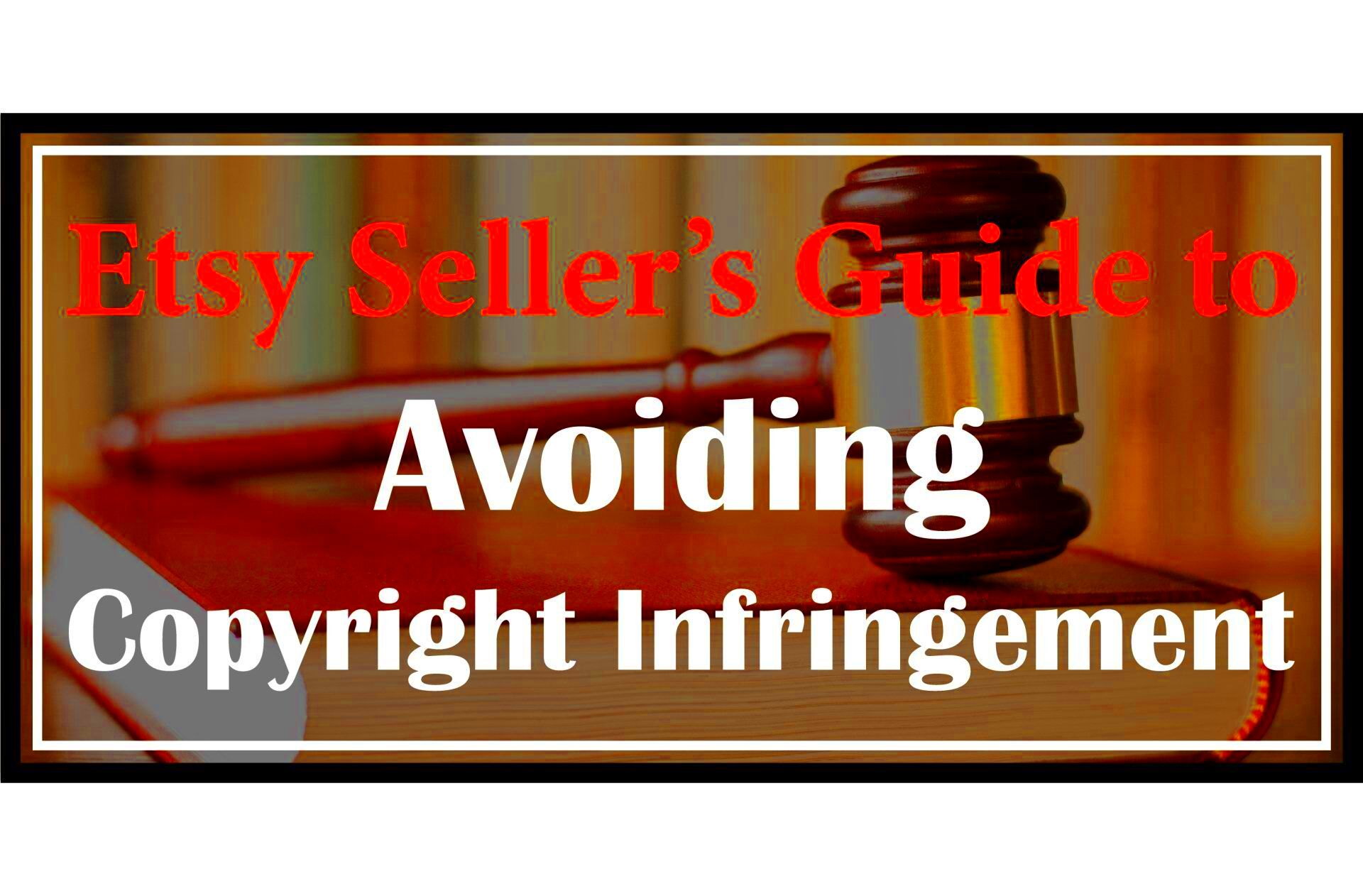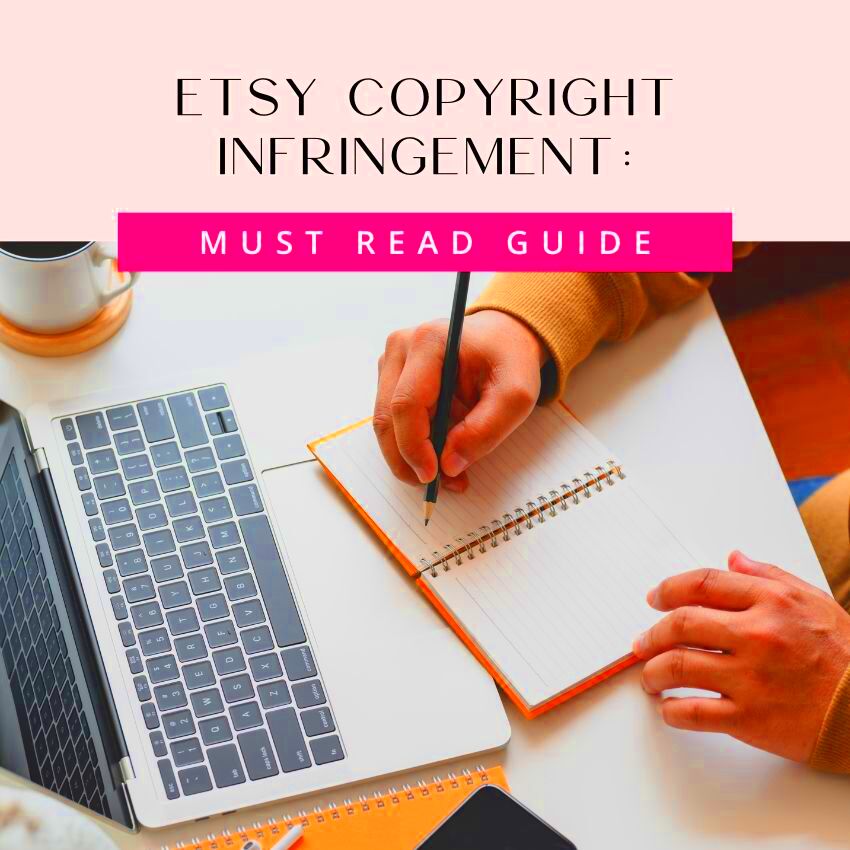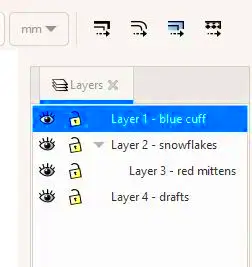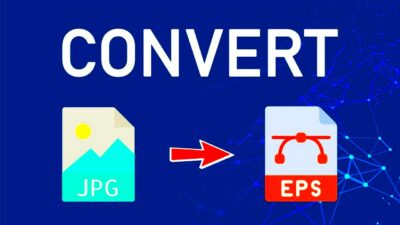Introduction: The Importance of Copyright Compliance on Etsy
Running a shop on Etsy is a thrilling journey, but it's not without its legal complexities. Copyright compliance is one area where many sellers, including myself when I first started, often stumble. As an artist or creator, you put your heart into your work, and it's only natural to want to protect it. For Etsy sellers, understanding and adhering to copyright laws isn’t just about avoiding trouble; it's about respecting the creative community and safeguarding your own creations. Let’s delve into why this is crucial and how you can navigate these waters smoothly.
Also Read This: Vape Ventures: Navigating How to Find Vapes on eBay
Understanding Copyright Basics

To put it simply, copyright is a form of protection given to the creators of "original works of authorship." This includes things like artwork, written content, music, and more. When you create something original, copyright law automatically grants you certain rights, such as:
- The right to reproduce the work
- The right to prepare derivative works
- The right to distribute copies
- The right to perform or display the work publicly
These rights are yours alone unless you decide to license them. The tricky part? Even if you don’t register your work with the U.S. Copyright Office, it’s still protected. But registration does offer additional legal benefits if you need to enforce your rights. Understanding these basics is crucial for anyone selling on Etsy because it helps ensure that you're not infringing on someone else's rights, and it protects your own work from being used without permission.
Also Read This: The Top Ten Tech Universities to Consider for Your Future in the USA
Common Copyright Issues Sellers Face
As an Etsy seller, you might face various copyright-related issues. Here are some common pitfalls:
- Using copyrighted images or designs: Many sellers unknowingly use images or patterns they found online. Even if something looks free to use, it might still be protected by copyright.
- Creating derivative works: Modifying someone else's design doesn’t make it your own. For instance, adding a few elements to a copyrighted image still doesn’t grant you the rights to use it.
- Trademark issues: Some designs or phrases are not only copyrighted but also trademarked. Using these can lead to additional legal trouble.
My first encounter with a copyright issue was when I used an image from a popular public domain site. Despite the site's assurances, the image was still under copyright. This taught me the hard way that it’s better to verify sources or create your own content. Avoid these issues by conducting thorough research and always crediting sources if required. Being cautious can save you from a lot of headaches down the road.
Also Read This: A Simple Guide to Reversing Images in PDFs
How to Avoid Copyright Infringement on Etsy
Avoiding copyright infringement on Etsy isn't just about steering clear of legal trouble; it's about respecting fellow creators and maintaining your own creative integrity. From personal experience, I’ve learned a few practical steps that can help you stay on the right side of copyright law:
- Create Original Content: This might seem obvious, but it’s the best way to avoid infringement. Design your own patterns, write your own descriptions, and take your own photos. The pride you’ll feel in your unique creations is worth the effort.
- Research and Verify: If you’re using elements that are not your own, make sure they’re licensed for your use. Always double-check the licensing terms on stock photo sites or design resources to avoid surprises.
- Get Permission: If you want to use someone else's work, reach out and ask for permission. I’ve done this multiple times, and most creators are happy to grant usage if asked politely and offered credit.
- Use Copyright-Free Resources: There are many resources available that are free to use and don’t require attribution. Websites like Unsplash or Pixabay offer images that you can use without worrying about copyright issues.
By following these guidelines, you’ll not only steer clear of legal pitfalls but also build a reputation for originality and respect within the Etsy community.
Also Read This: Best Alamy Images Downloader: Simplifying the Image Downloading Experience
Steps to Take if You Encounter a Copyright Violation
Encountering a copyright violation can be stressful, especially if you’re new to Etsy. From my own experience, I can share a few steps that can help you manage the situation effectively:
- Document Everything: Keep records of the infringement. Take screenshots, note URLs, and keep any communications related to the violation. This documentation will be crucial if you need to take further action.
- Contact the Seller Directly: Sometimes a simple message can resolve the issue. Politely inform the offending seller about the infringement and request that they remove or modify the infringing content.
- File a Complaint with Etsy: If contacting the seller doesn’t resolve the issue, you can file a complaint with Etsy. Etsy has a structured process for handling copyright complaints. You’ll need to provide evidence of your copyright ownership and details of the infringement.
- Consider Legal Advice: If the infringement is significant and Etsy's resolution doesn’t work, seeking legal advice might be necessary. A legal professional can guide you on the best course of action and help you understand your rights.
Handling copyright violations calmly and methodically can help you resolve the issue without escalating it further. Protecting your work and respecting others' rights is a delicate balance but essential for a positive and professional online presence.
Also Read This: Here’s the Complete Guide for High-Quality Downloads from Bandcamp
Responding to a Copyright Complaint: What You Need to Know
Receiving a copyright complaint can be daunting, but addressing it properly is crucial. Here’s what you need to know from someone who’s navigated this before:
- Read the Complaint Carefully: Understand exactly what’s being claimed. The complaint should detail which part of your content is alleged to be infringing. Make sure you grasp the specifics of the claim.
- Verify the Claim: Double-check whether the content in question actually infringes on someone else’s copyright. Sometimes claims are made in error, or they might involve content that is legitimately yours.
- Respond Promptly: Don’t delay in addressing the complaint. A timely response can help prevent the situation from escalating. Whether you need to remove the content or provide a counter-claim, acting quickly is key.
- Consider a Counter-Notice: If you believe the complaint is unjustified, you can file a counter-notice. This document essentially argues why the content should remain up. Consult Etsy’s guidelines and potentially seek legal advice before proceeding with this step.
Responding to a copyright complaint with a clear, well-documented approach can help resolve the situation effectively and protect your standing on Etsy. It’s all part of maintaining a respectful and legally sound online presence.
Also Read This: How to Know What License You Need from Shutterstock: A Comprehensive Guide
Best Practices for Original Content Creation
Creating original content is the backbone of a successful Etsy shop and a great way to stand out in a sea of sellers. From personal experience, I've learned that originality isn't just about avoiding copyright issues; it's about building a brand that's uniquely yours. Here’s how you can ensure your content remains fresh and uniquely yours:
- Start with Inspiration, Not Imitation: It’s natural to look at other successful shops for ideas, but avoid copying them. Instead, use them as a springboard to create something new. For example, if you’re inspired by a popular art style, add your twist to it. This approach helps in crafting something distinctive.
- Develop a Unique Style: Over time, establish a consistent style that reflects your brand. Whether it's a specific color palette, technique, or theme, having a recognizable style helps you stand out and creates a cohesive experience for your customers.
- Document Your Creative Process: Keep track of how your creations evolve. This not only helps in creating original content but also serves as a valuable resource if you need to prove the originality of your work.
- Invest in Quality Tools: Using high-quality materials and tools not only improves your work but also helps maintain its originality. Quality work naturally stands out and attracts more attention.
- Engage with Your Audience: Feedback from customers can provide new ideas and perspectives. Engage with them through reviews or social media to understand what they appreciate about your work and what could be improved.
Original content creation is a journey, not a destination. It requires creativity, commitment, and a willingness to learn and adapt. By following these practices, you not only avoid copyright issues but also build a brand that’s authentically yours.
Also Read This: How to Draw a Heat Map for CT Images
Resources for Further Assistance
Navigating copyright and content creation can be complex, but you don’t have to do it alone. There are plenty of resources available to help you. Here’s a list of useful resources that can provide guidance and support:
| Resource | Description | Link |
|---|---|---|
| U.S. Copyright Office | The official site for copyright information, including registration details and copyright laws. | www.copyright.gov |
| Creative Commons | Provides information on Creative Commons licenses and how to use and share creative work legally. | www.creativecommons.org |
| LegalZoom | Offers legal advice and services, including help with copyright issues and intellectual property. | www.legalzoom.com |
| Forbes Articles on Copyright | Read articles and insights on copyright issues and trends in creative industries. | www.forbes.com/copyright |
These resources offer a wealth of information to help you navigate the complexities of copyright and content creation. Whether you need legal advice or just want to stay informed, they’re valuable tools in your creative toolkit.
Also Read This: Pixelating Images in Krita
FAQ
Got questions about copyright and content creation on Etsy? Here are some frequently asked questions that might help clear things up:
-
What is copyright infringement?
- Copyright infringement occurs when someone uses a copyrighted work without permission. This includes reproducing, distributing, or displaying the work without authorization.
-
How can I check if my content is original?
- Use plagiarism detection tools and reverse image search to ensure your content hasn’t been copied. Regularly review copyright databases and consult with legal professionals if you're unsure.
-
What should I do if someone copies my work?
- First, contact the person who copied your work and ask them to remove it. If that doesn’t work, file a complaint with the platform (like Etsy) or seek legal advice to explore further action.
-
How can I protect my work on Etsy?
- Register your work with the U.S. Copyright Office, use watermarks on your images, and keep thorough records of your creative process. Also, educate yourself about Etsy’s policies on intellectual property.
-
Can I use images from the internet for my Etsy shop?
- Only use images that are free for commercial use or for which you have explicit permission. Many images on the internet are protected by copyright, so using them without permission can lead to legal issues.
These FAQs cover some common concerns, but don’t hesitate to seek out additional resources or legal advice if you have specific questions or face unique challenges.
Conclusion: Staying on the Right Side of Copyright Law
Wrapping up, navigating copyright laws on Etsy might seem like a daunting task, but it’s crucial for maintaining your creative integrity and business reputation. From my own experiences, I can say that staying informed and proactive can make all the difference.
Remember, copyright isn’t just a legal hurdle—it’s about respecting other creators and protecting your own work. Here’s a quick recap of what you can do to stay on the right side of the law:
- Know Your Rights: Understand what copyright covers and how it affects your creations. This knowledge empowers you to safeguard your work and avoid infringing on others’ rights.
- Create and Use Original Work: Whenever possible, produce your own content. It’s not just a way to avoid legal issues but also a path to building a unique brand.
- Keep Records: Document your creative process and any permissions you obtain. This can be invaluable if a dispute arises.
- Seek Help When Needed: Don’t hesitate to reach out to legal professionals or use available resources if you’re unsure about copyright matters.
By following these practices, you’ll not only protect yourself legally but also foster a respectful and thriving creative community on Etsy. Let your creativity shine without the shadow of legal troubles!

 admin
admin








